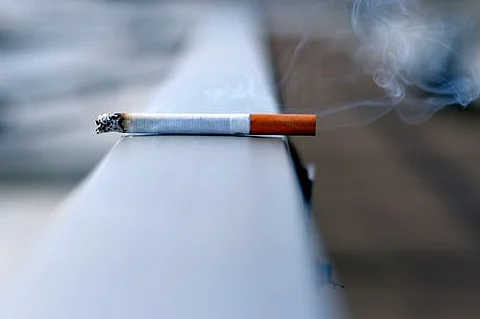The study was published in the journal Environmental Science & Technology. Alongside Berkeley Lab scientists, co-authors on this work include collaborators from the University of California San Francisco, the University of California Riverside and San Diego State University. These teams are members of the California Consortium on Thirdhand Smoke, funded by the Tobacco-Related Disease Research Program, which is managed by the University of California.
Berkeley Lab’s researchers previously discovered that aerosolized nicotine, released during smoking and vaping, adsorbs to indoor surfaces, where it can interact with a compound present in indoor air called nitrous acid (HONO) to form strongly carcinogenic compounds called tobacco-specific nitrosamines (TSNAs). Accumulated nicotine on household surfaces can continuously generate TSNAs, long after smoke clears the room.


